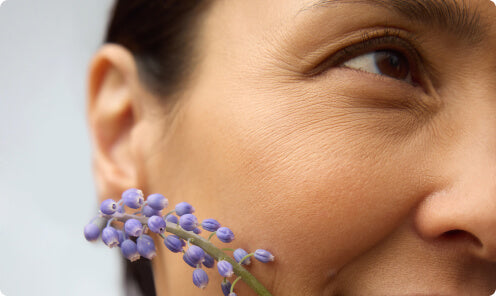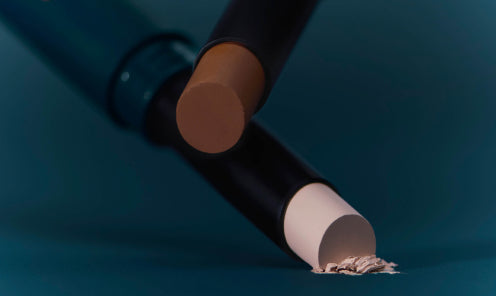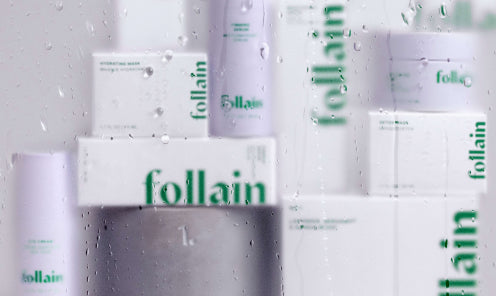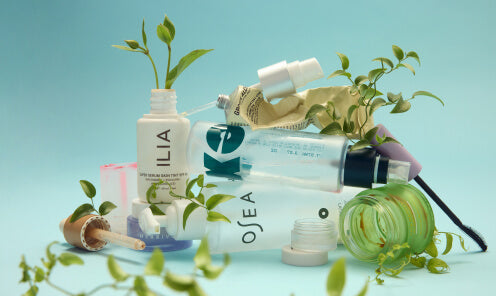
It happens to all of us. We fall in love with the look and feel of a new natural beauty product, and as soon as we turn over the box or turn the bottle around to read the ingredients, we are stumped. Although we are genuinely driven to seek plant-based “clean” ingredients, we often can’t (embarrassingly) decipher the technical sounding language, or discern between what may be actually found in nature, and what isn’t.
But we feel impassioned: To make absolutely certain that the ingredients listed are truly good for our skin, and not loaded with fillers, texturizers, synthetic additives, colors or fragrances -- components that could be potentially concerning for both our bodies and the environment. So how can we improve our label-reading skills and learn to trust the brands we are drawn to?
Here are a few tips to help you navigate a cosmetic beauty product label with confidence and finesse.
1. Ingredients are listed in the order of their prevalence; Meaning from largest percentage to lowest percentage. Identify the first 3 ingredients, and you’ve basically figured out what composes between 50-85% of the product.
2. Check out the ingredients listed last. These are often color pigments, scent /aroma and preservatives, and often can be at 1% or lower.
3. Pick out all the plant sounding names and parts, and notice first how many are listed, and then their placement in the listing of ingredients. If they are listed near the top of the listing they are included at a higher percentage,and if they are listed near the end, they are at a lesser percentage. If you can’t find a plant sounding name at all - that’s revealing too.
4. If water is listed as either the first or second ingredient, know immediately that a strong preservative system must be included in order to inhibit the growth of potentially harmful microbes.
5. Look for third party certifiers like Ecocert, USDA Organic, Demeter, or Soil Association. These certifications ensure that the ingredients listed are absolutely genuine, free from potential concerning residues, and are derived directly from nature.
And finally, we like to think about the ingredients for our skin and body care in the same way we consider the ingredients that make up the food we eat: We prefer minimally processed, genuine and authentic, and able to trace back to their sources.
Written by Amy Galper, Credo's Education Director and In-House Beauty Expert









